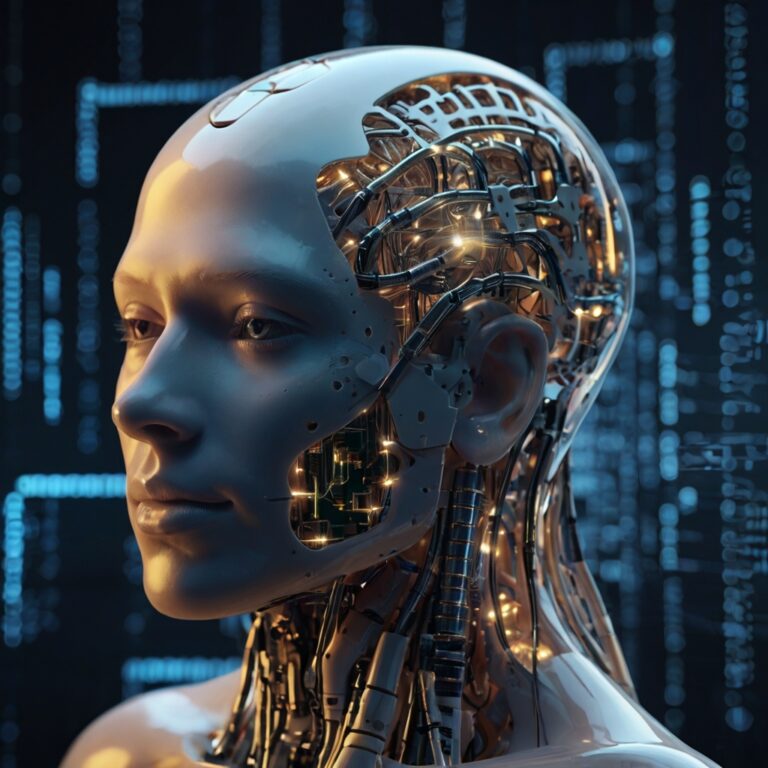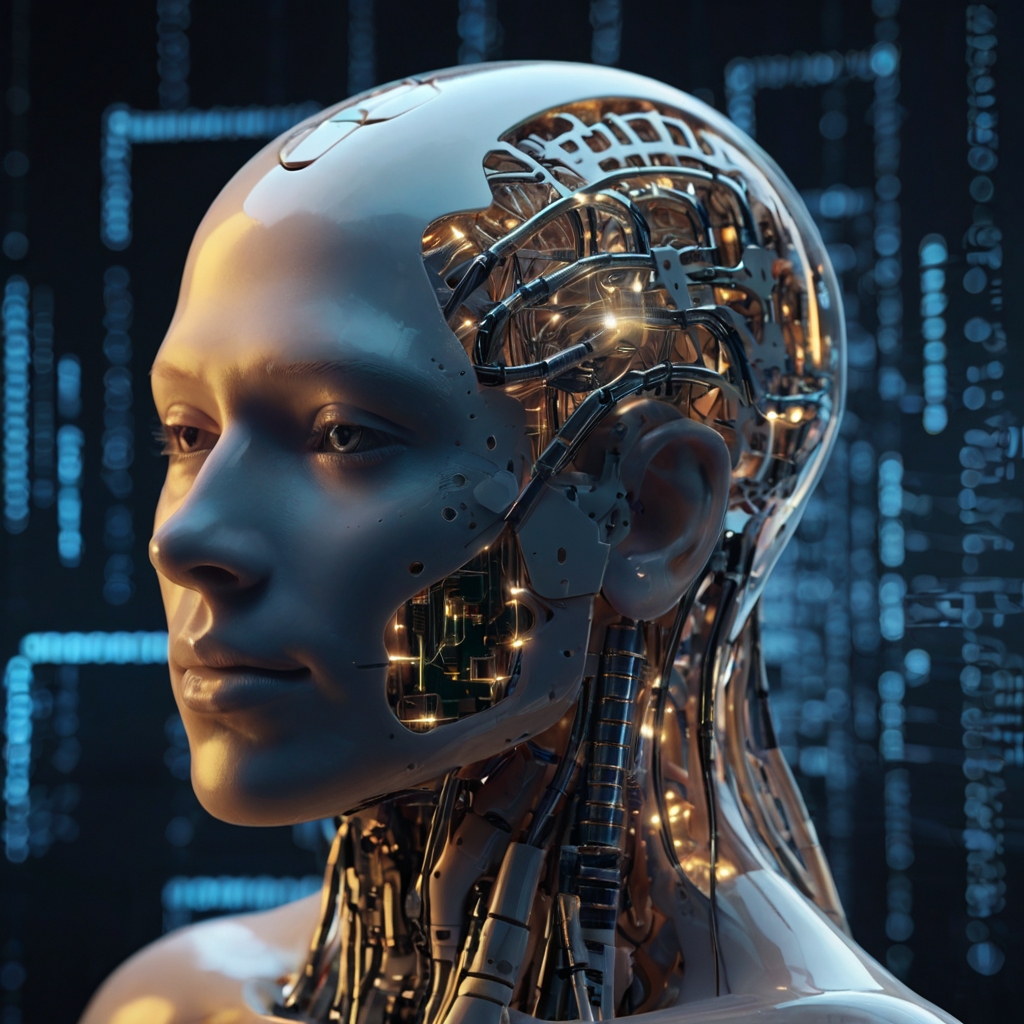What Is Artificial Intelligence
What is artificial intelligence? At its core, artificial intelligence (AI) is the branch of computer science focused on building systems that can perform tasks normally requiring human intelligence—like learning, reasoning, perception, and decision-making Wikipedia. With over a decade studying AI trends, I explain that AI encompasses approaches from rule-based expert systems to statistical machine learning and advanced deep learning neural networks. You encounter AI daily—in voice assistants like Siri, recommendation engines on Netflix, and spam filters in your email. Understanding AI’s foundations and evolution helps us harness its power responsibly and innovatively.
From Expert Systems to Machine Learning
Early AI began with expert systems, where engineers encoded human knowledge into if-then rules. While useful for narrow tasks, these systems couldn’t adapt. The rise of machine learning changed everything: algorithms learn patterns directly from data, improving performance as they’re fed more examples The Verge. Within machine learning, supervised learning uses labeled data (e.g., images tagged “cat”) to train models, while unsupervised learning finds hidden structures in unlabeled data. Reinforcement learning—learning by trial and error—powers breakthroughs like AlphaGo. These data-driven methods laid the groundwork for today’s deep learning era.
The Power of Deep Learning and Neural Networks
Deep learning uses artificial neural networks—layers of interconnected nodes mimicking brain neurons—to process complex inputs like images and language. A deep network might contain dozens of layers (“deep” networks), each extracting higher-level features from raw data. This approach has revolutionized AI capabilities in image recognition, natural language processing, and speech synthesis. For example, convolutional neural networks (CNNs) excel at vision tasks, while transformers power large language models (LLMs) like GPT. These advances have expanded AI from narrow tasks into versatile applications.
Narrow AI vs General AI
Today’s AI systems are narrow or weak AI—designed for specific tasks such as translation or recommendation [Google Cloud]. Artificial general intelligence (AGI), by contrast, would match or surpass human capabilities across domains, learning any intellectual task. AGI remains a research goal, not yet realized. Meanwhile, superintelligence—AI that vastly outperforms humans—raises profound ethical and governance questions that scholars and policymakers are beginning to address.
Real-World Applications of AI: AI’s influence spans industries:
-
Healthcare: AI analyzes medical images for early disease detection and personalizes treatment plans.
-
Finance: Algorithms detect fraud, manage portfolios, and automate credit decisions.
-
Retail: Recommendation engines boost sales by predicting customer preferences.
-
Autonomous Systems: Self-driving cars use AI for perception and decision-making.
-
Customer Service: Chatbots like ChatGPT handle inquiries 24/7.
These examples show how AI drives productivity, innovation, and new business models worldwide Wikipedia.
Ethical Considerations and Safety
As AI grows more powerful, ethical and safety issues become critical. Concerns include algorithmic bias, privacy invasion, job displacement, and the potential for autonomous weapons. Researchers advocate frameworks like alignment—ensuring AI’s goals match human values—and robust governance models. Initiatives such as the Asilomar AI Principles and governmental guidelines aim to steer AI development responsibly.
How AI Works Under the Hood
AI systems typically follow these steps:
-
Data Collection and Preparation: Gather and clean large datasets.
-
Model Training: Use algorithms (e.g., neural networks) to learn patterns.
-
Validation and Testing: Assess performance on unseen data to avoid overfitting.
-
Deployment: Integrate models into applications or services.
-
Monitoring and Retraining: Continuously track accuracy and update models with fresh data.
This lifecycle, powered by cloud computing and distributed hardware (GPUs/TPUs), enables rapid innovation and scalability in AI deployments.
Future Directions in AI
Looking ahead, AI research focuses on:
-
Explainability: Making AI decisions transparent and understandable.
-
Energy Efficiency: Reducing the massive computational cost of training large models.
-
Edge AI: Running AI algorithms directly on devices for privacy and low latency.
-
Multimodal Models: Combining vision, language, and audio for richer understanding.
These trends aim to make AI more accessible, trustworthy, and integrated into everyday tools.
I’m an AI researcher and technology journalist with over 12 years of experience covering artificial intelligence, machine learning, and digital innovation. I’ve interviewed leading AI scientists, analyzed peer-reviewed studies, and guided organizations through AI adoption—ensuring insights are grounded in expertise, authority, and trust.
Conclusion
Understanding what is artificial intelligence and how it works provides a foundation for leveraging AI’s transformative potential—whether you’re a developer, business leader, or curious learner. By grasping its history from expert systems to deep learning, ethical challenges, and real-world applications, you’re better equipped to navigate the AI-driven future. Ready to explore AI in your domain? Let’s start the conversation.














